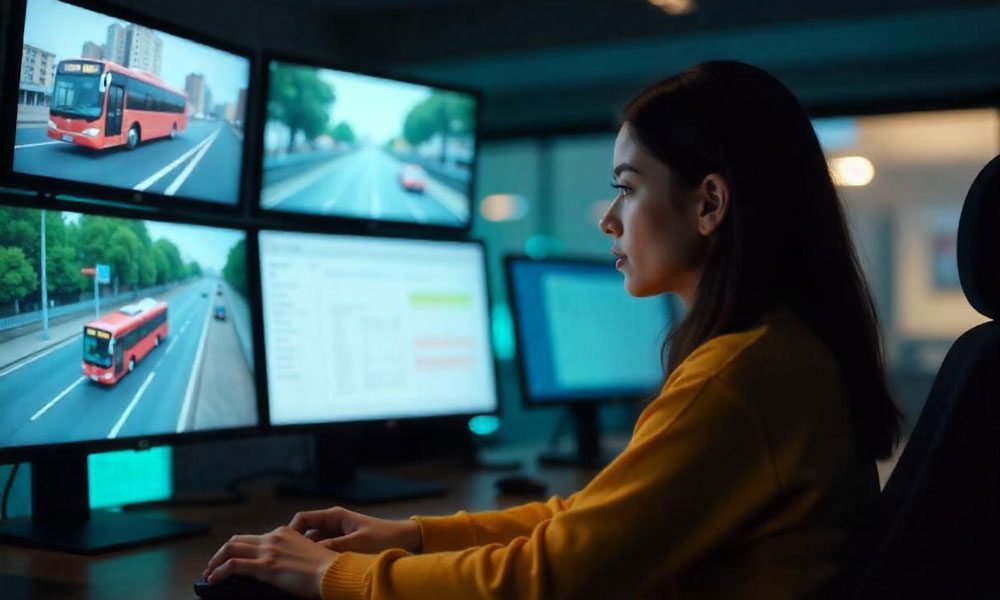Preparing for Emergencies: the Latest in Surveillance Technology
Originally published in BusRide magazine, November 2015
In an emergency situation, every second counts. To prepare for the unthinkable, you not only need to train operators and conduct drills, but implement the right tools and technologies in advance. Here are few suggestions to give transit security staff better on-board visibility to assess and respond to emergencies quickly and improve incident investigations.
Add more cameras for a better view
You never get a second chance to get a better view. Camera placement is critical to delivering the right footage no matter where an incident happens on and around the bus. While there is a trend towards high-resolution cameras to improve views outside the bus (i.e. capture license plates), ensure you have enough cameras to prevent any gaps in visibility inside the bus, especially in high incident-prone areas, such as the bus entrance, driver seat, and fare box area.
Alarm-triggered recording and live alerts
Give drivers the tools to alert security staff to an on-board emergency and trigger recording of the incident. A panic button connected to the on-board surveillance system can trigger recording of a special camera view of the driver in case of assault, if union agreements prevent you from continuously recording drivers. It can also transmit a live security alert via email or on-screen in a real-time vehicle tracking application such as Live Video Streaming.
Live streaming video
One of the newest and most effective technologies for assessing emergency situations as they happen is live streaming video. This technology allows authorized transit staff tap into secure footage from any installed bus camera in real-time, to access live video and audio as the emergency unfolds. This technology is particularly useful in hostage situations or where a driver is unreachable via radio due to a medical condition.
Integrated vehicle tracking
A live fleet tracking application can tie all of this technology together in a single map-based view. Your emergency response team can view live on-screen alerts when panic buttons are pressed, locate the exact GPS location of the bus to dispatch help to the scene, and even click on the bus to tap into live on-board video to assess the situation.
Locate the right footage and auto-download
With video management software and a wireless network in your bus depot, you can download alarmed video footage automatically as the bus returns to the yard. Or when an incident occurs you can schedule a download from any device via a web-based application. Video management software also makes it easier to locate video related to a crime scene. Simply highlight the incident location on a map to display all vehicle tracks travelling through the area and click the vehicle track to set a start and end point for your download.
When disaster strikes on a transit vehicle, transit agencies are under intense public scrutiny. Could the incident have been prevented? Did they do everything they could to respond quickly and efficiently? What really happened and who is at fault? Having the right evidence at your fingertips can mean the difference between a prolonged civil suit costing millions, and a speedy investigation absolving you of wrongdoing. In this case, it pays to be prepared in advance.
Want to be better prepared for emergencies? Subscribe to our Blog to get updates on the latest safety technology and transportation industry trends.




































